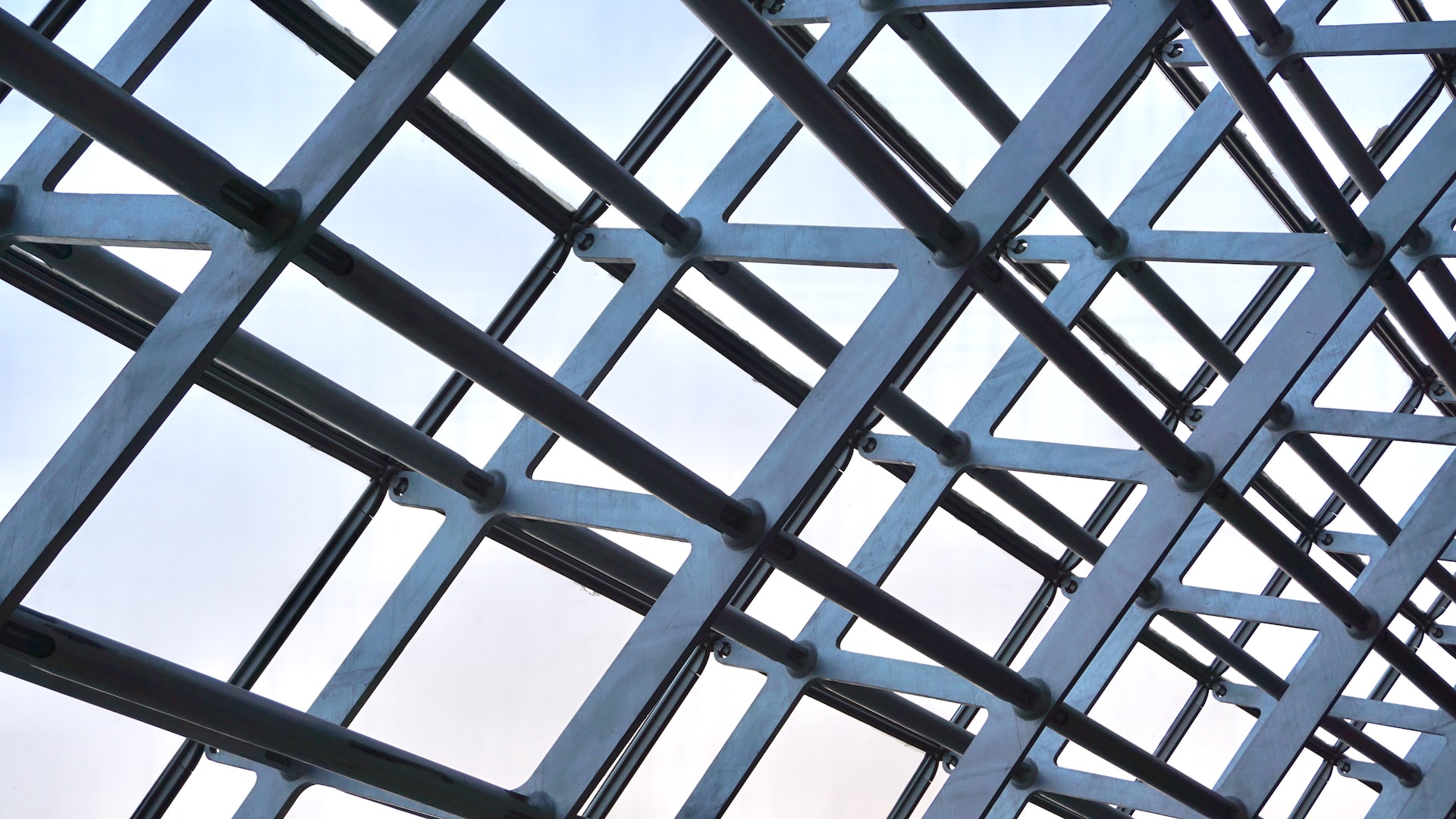Metals are everywhere; some are coloured, some are shiny, and others are metallic or matte. The final look of the metal objects depends on only one thing, surface finishing. But finishing is not only about looks; other critical aspects will be covered below in detail. Below is a list of all the details you should know about finishing.
What is a Surface Finish Process?
It is a term that refers to a process where the surface of the metal is altered either by adding or removing elements or by reshaping. The motive is not only to protect the metal but also to provide it with an aesthetic look. The final result of the process depends on the method used. You can make use of different ways to get the same results. For example, you can use abrasive blasting before applying subsequent coatings. It can also include removing small, unwanted materials that remain after a production process.
Importance of the Process
The process helps ensure that the metal product looks better and has a longer life. So the most significant advantage of this process goes to the end-users. Moreover, the process is also helpful to manufacturers as it is a critical component of the production process. For example, brushing before applying paint makes the metal more adhesive and increases the finish quality.
Some other benefits of finishing are:
- It helps in making the product resistant to corrosion
- It makes the metal more adhesive, thus allowing paint or other coatings to stick better
- Remove any defects on the surface
- Provides better resistance against chemicals
- Makes conductivity better
- Increases the strength of the metal just, reducing the chances of wear and tear
- It makes the product look better
How to Compare Surface Finishes?
The best way to compare these finishes is by looking at the roughness of the surface. It represents how smooth the surface of the metal looks. Though the smoothness of the surface will not always be advantageous, it is an excellent way to compare.
There are several parameters that you can use to show the roughness of the surface. One of the most common parameters is Ra, which is the arithmetical mean deviation on the surface. Having a smaller mean refers to a much smoother surface and vice versa.
Measuring Surface Roughness
When measuring a metal’s surface roughness, you will have to analyze the irregularities present on the surface. You can use a surface roughness comparator that could be more accurate but can help provide measurements. If you want more precise measurements, you should use a profile scanner.
Different Types of Surface Finishing
The surface finishing process falls into two different primary categories. While the first is adding a layer or altering the existing layer, the second category is reshaping or removing the coating from the existing surface.
Adding and altering processes consists of different methods that are a part of this category. Some of the standard techniques that are a part of this process are cladding, wet painting, anodizing, galvanizing, electroplating, pickling, powder coating, and others.
The second category consists of removing reshaping processes and includes removing or reshaping the outside layer of the metal or reshaping it. The most common methods in this category are laser engraving, blasting, etching, grinding, electropolishing, lapping, and others.
Final Thoughts
No matter if a metal is used as an end product or a part of a more extensive production process, the surface requires some finishing. It is a critical process that benefits end users and manufacturers. But choosing the proper method for the correct application is also vital. Above is a summary of the finishing process and its benefits.











